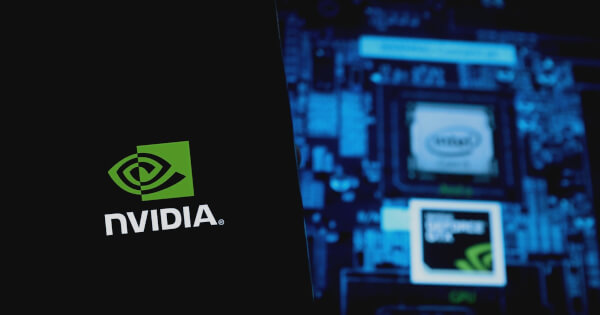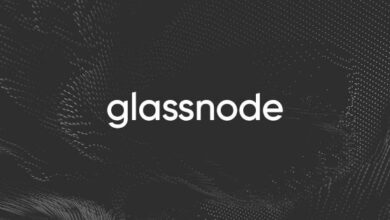

As the demand for personalized learning grows, NVIDIA introduces Gipi, an advanced AI chatbot designed to enhance user interaction and educational experiences. According to the NVIDIA Technical Blog, over 1.2 billion people are actively engaged in learning new languages, with platforms like Duolingo hosting over 500 million learners. However, a significant portion of the global population also grapples with feelings of disconnection and unhappiness, often exacerbated by social media.
Rise of AI Chatbots: Transforming Education and Interaction
AI chatbots are becoming pivotal in addressing these challenges by offering personalized wellness check-ins, multilingual capabilities, and instant feedback. Gipi, for instance, remembers user conversations, learns from their interests, and engages in dialogues about topics that matter to them. Gipi’s proactive approach includes checking in with users about significant events, such as job interviews, providing encouragement and support.
The Mechanics of Gipi’s Intelligence
Gipi’s architecture leverages several advanced technologies:
- Speech-to-text
- Prompt creation and management
- Smart AI responses
- Text-to-speech
Speech-to-Text
Gipi uses a custom Whisper-based model for speech-to-text conversion, optimized for efficiency and reduced latency. Initially trained on the standard Whisper dataset, Gipi has since adopted a more reliable dataset to enhance accuracy, ensuring it captures a wide variety of linguistic nuances. This has proven effective, with over half of Gipi users actively engaging with the voice chat feature.
Prompt Creation and Management
Gipi’s sophisticated personalities and tailored responses are managed through a history management system that personalizes each interaction. By summarizing past interactions and integrating personal attributes into conversation prompts, Gipi ensures a continuous and personalized dialogue. The use of LangChain simplifies prompt creation, making the system adaptable to different language models.
Smart AI Responses
Gipi’s intelligence is powered by an advanced language model. Initially using a proprietary model, Gipi now employs NVIDIA TensorRT for backend optimization, significantly reducing response times from 35–40 seconds to just 3–4 seconds. The integration of Mistral 7B further enhances Gipi’s capabilities in tasks like summarizing texts and translating languages.
Text-to-Speech
For text-to-speech, Gipi utilizes the NVIDIA NeMo TTS Framework, ensuring natural-sounding voice responses. Recently, Gipi has expanded its capabilities to create custom voices from user-submitted audio clips, further personalizing the user experience. The integration of a GPT2 backbone and HifiGAN for audio signal computation has reduced inference latency and improved voice quality.
Summary
As AI integrates into daily routines, it enhances efficiency and access to information. Gipi, with its advanced AI capabilities, supports language learning and skill development, offering personalized tools to help users improve their abilities. NVIDIA envisions AI tools like Gipi becoming as ubiquitous as smartphones, providing intelligent, adaptive support for knowledge and self-improvement pursuits.
For more information, visit the NVIDIA Technical Blog.
Image source: Shutterstock
. . .
Tags
Source link



